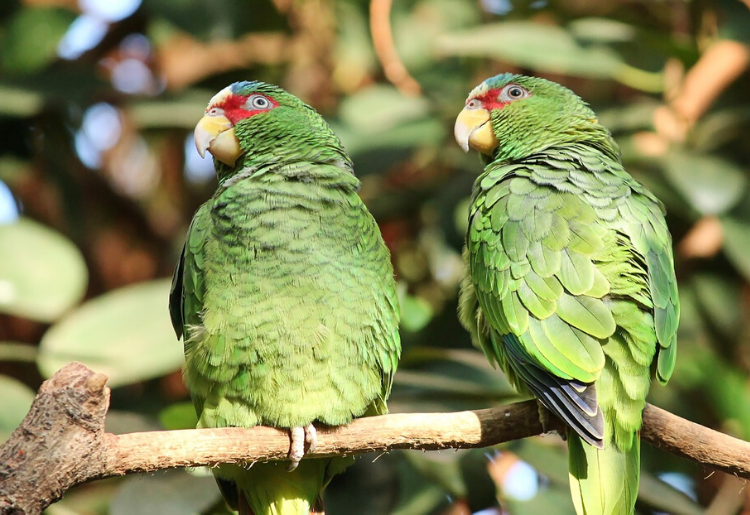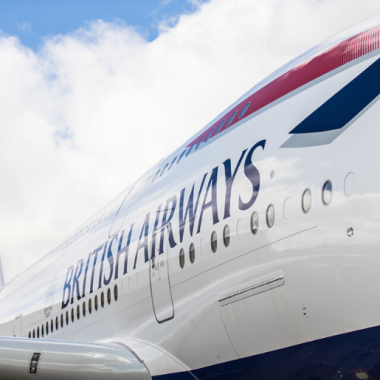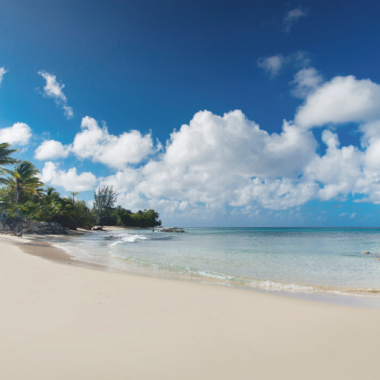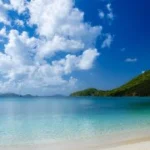According to Avibase’s Bird Checklists of the World, as of March 2019, there were 179 species of birds in Anguilla. The bird population in Anguilla consists of migratory birds and their presence on the island contribute to year-round bird-watching opportunities. These opportunities rely on the favourable breeding seasons which benefit Anguilla’s bird population. These successes will result in small, yet valuable increases in certain bird populations.
Some of the birds of interest on the island include the Zenaida Dove (Anguilla’s national bird); Caribbean Elaenia; Pearly-eyed Thrasher; the Yellow Warbler; the Yellow-crowned Night Heron; the Ruddy Duck and the Caribbean Coot. These, and several other species of birds, thrive in several habitats which include four cays which have been designated Important Bird Areas by Birdlife International.
Plan a Bird Watching Tour in Anguilla
To plan a bird watching tour in Anguilla, you should consider the time of the year that you want to travel; how you will get to the island and where you will stay. Bird watching is possible at any time throughout the year. So, it’s really your decision about when you would like to visit.
Getting to Anguilla
The most efficient way to get to Anguilla, is to first fly to a nearby island. Nearby islands are Puerto Rico, St. Maarten and Antigua. From North America, American Airlines, Delta, Jet Blue, Southwest, Spirit, and United provide regular services to St. Maarten (SXM), Antigua (ANU) and Puerto Rico (SJU). From Europe, Air France, British Airways, Condor, KLM and Virgin Atlantic provide services to Antigua (ANU), St. Maarten (SXM) and Puerto Rico (SJU). From Latin America, American Airlines, Avianca and Copa Airlines provide flights to Puerto Rico (SJU) and St. Maarten (SXM).
Once you are in either Puerto Rico, St. Maarten or Antigua you will then take a connecting flight or ferry ride to Anguilla. Air connections are available on Seaborne Airlines, Tradewind Aviation, Air Sunshine, Anguilla Air Services; and TransAnguilla. Sea connections are available on public ferries or private boat charters such as Calypso Charters Anguilla.
Where to Stay in Anguilla
Anguilla is a sought-after Caribbean destination and as a result, there are several world class accommodations to choose from. There are resorts on the best beaches on the island; unique and warm charming escapes; private luxury villas; small and intimate boutique resorts; and apartments.
What to Do in Anguilla
In addition to the birding excursions that you have planned, you can make time for the island’s 33 beaches; partake in island tours; experience land activities such as horseback riding, cycling and hiking; unwind with spa and wellness services at world-class spas; beach bars at night; golf; water sports such as kiteboarding, windsurfing, water-skiing, sailing, speed boat rides; boat racing, tennis; deep sea fishing charters; and shopping.
Great Spots for Bird Watching in Anguilla
On Surf Birds there is an informative birding report that was prepared by Birdlife International’s Julian Hughes, who visited the island in 2000 on a “conservation fact finding mission.” That report highlighted the best spots for birdwatching in Anguilla and characterised them as “scrub”, “wetlands”, and “coastal.”
Scrub Birding Areas in Anguilla
Scrub refers to areas in Anguilla that are covered by vegetation consisting of plants, trees, shrubs and grasses. This type of birding area is present on Anguilla and its outlying islands and cays. Most notably, there are at least nine seabird colonies on Dog Island, Prickly Pear and Scrub Island. These birds are also resident on Sombrero, Long Bond, Cove Pond and Grey Pond.
Birding in Anguilla’s Wetlands
Wetlands on the island refer to ponds that are filled by saltwater and rainwater.
Julian Hughes’ excursion further cemented the belief that Anguilla’s ponds are the most important habitat for birds. In addition to being recognised as passages/ winter retreats, they are also used for breeding. Hughes identified Road Bay Salt Pond, Mimi Bay Pond, Long Pond and Caul’s Pond.
Anguilla’s Coastal Birding Spots
Coastal habitats in Anguilla, which include beaches are cliffs, sandy shore and rocky shore. Cliffs, namely Isaac’s Cliff, Katouche/ Crocus Bay and Mead’s Bay, are some of the coastal habitats where Hughes observed small numbers of bird species. His report also noted that Anguilla’s offshore islands are home to large numbers of breeding seabirds; however, poor sea conditions limited his visits to these spots.
Anguilla Bird Guides
If you are unfamiliar with the birding landscape in Anguilla and prefer to explore with a trusted professional, the following bird guides are available:
Nature Explorers Anguilla
If you are interested in creating an exciting bird watching tour in Anguilla, Nature Explorers Anguilla is an excellent suggestion. It is an ecotourism company that works to “promote Anguilla’s bird species and their habitats” with a vision to protect the island’s wildlife, wetlands and offshore cays for future generations. One of their most visible wildlife projects, is the “Bring Back the Buttonwoods Campaign”. The scope of this project is to restore the West End Pond Important Bird Area. The area suffered devastating damage when Hurricane Irma hit the island.
Nature Explorers Anguilla’s tours have a reputation for being the best birding tours in Anguilla. This is because of their commitment to protecting resident and migratory birds and wildlife. Tour packages include an Early Bird Tour which is 3.5 hours; a Late Riser Tour which is 2.5 hours; and a Wetland, Beach & History Tour, which is a full day, 8-hour tour. Get in contact with Nature Explorers Anguilla on their website.
Further Reading
To learn more about bird watching in Anguilla, please visit the following links:
- Surf Birds: Birding on Anguilla in the Caribbean
- The Wanderlust Effect: Bird Watching in Anguilla with Nature Explorers
- Caribbean Birding Trail: Anguilla
- Birding the Americas: Trip Report and Planning Repository for Anguilla
- Surf Birds: Anguilla Trip Report March 2005
- Anguilla Beaches: Birdwatching With Resident Expert, Jackie Cestero
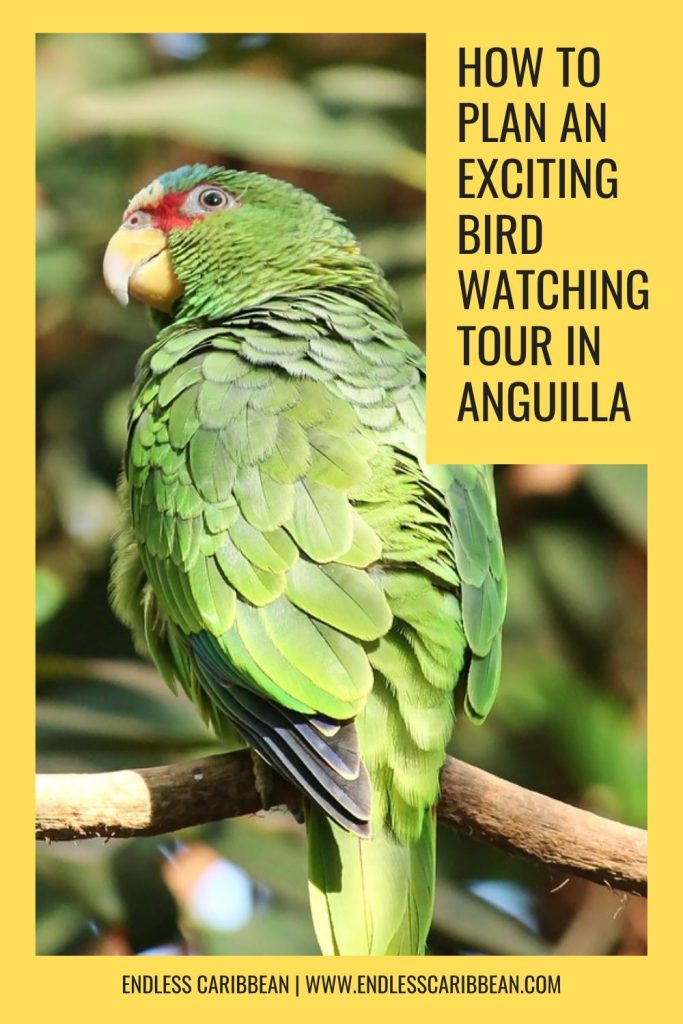
Related Posts
- Bird Watching in Jamaica
- Bird Watching in Trinidad and Tobago
- Birding Tours in Puerto Rico for New Birders

